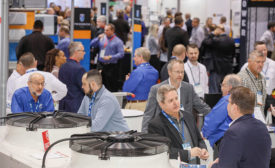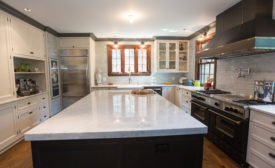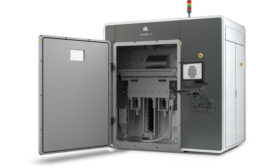ARTICLES
Devices become smarter and more intuitive; new regulations drive higher efficiencies.
Read More
Industry Prepares for New Refrigerants
The Supreme Court, California state regulation or the Kigali Amendment could end HFCs.
September 8, 2018
Consolidated Part Assemblies
Consolidating complex parts assembled from many components into one 3D-printed design saves time and money.
February 1, 2017
Get our new eMagazine delivered to your inbox every month.
Stay in the know on the latest assembly trends.
SUBSCRIBE TODAY!Copyright ©2024. All Rights Reserved BNP Media.
Design, CMS, Hosting & Web Development :: ePublishing




